Why Supersonic Flights Vanished From Our Skies
Every year on August 19th, National Aviation Day celebrates the marvels of flight and the pioneers who made it possible. But as we look to the skies, one question lingers. If we could fly from New York to London in under three and a half hours back in the 1970s, why are we still taking nearly seven today? Supersonic travel was once a thrilling reality. So, what grounded it?
This popped into my head as we have been watching an older series, The Man in The High Castle (and loving it by the way). It is a dystopian fantasy about a timeline where the Nazis won WWII. Things are different, and one thing that they have is the Concorde. And I thought, what happened to supersonic travel?
The Supersonic Age Actually Happened
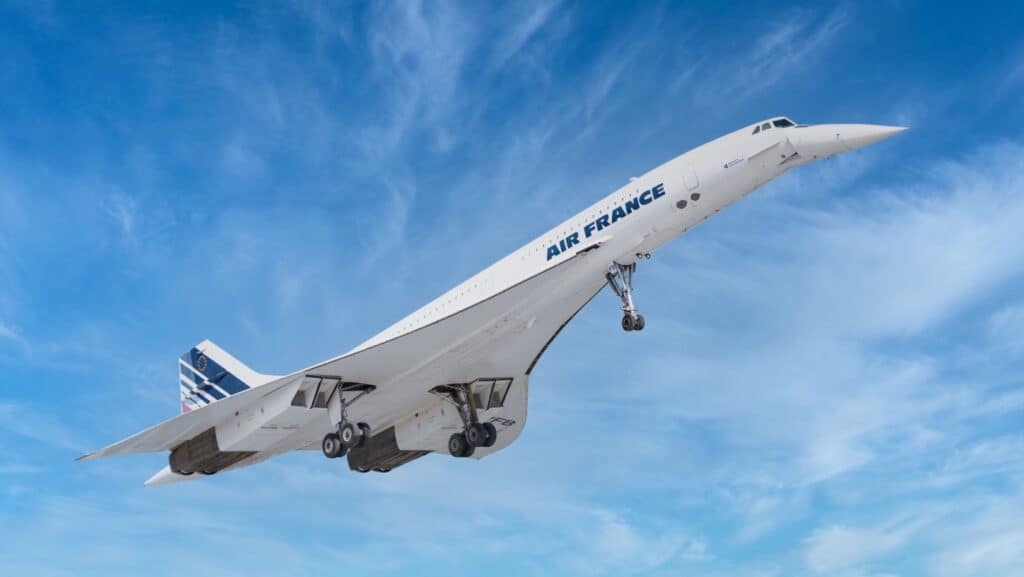
From 1976 to 2003, the Concorde soared above the clouds at over 1300 miles per hour, more than twice the speed of sound. It was sleek, futuristic, and catered to the elite. Onboard, passengers drank champagne while crossing the Atlantic in record time. It felt like the future had arrived.
Sonic Booms Created a Loud Problem
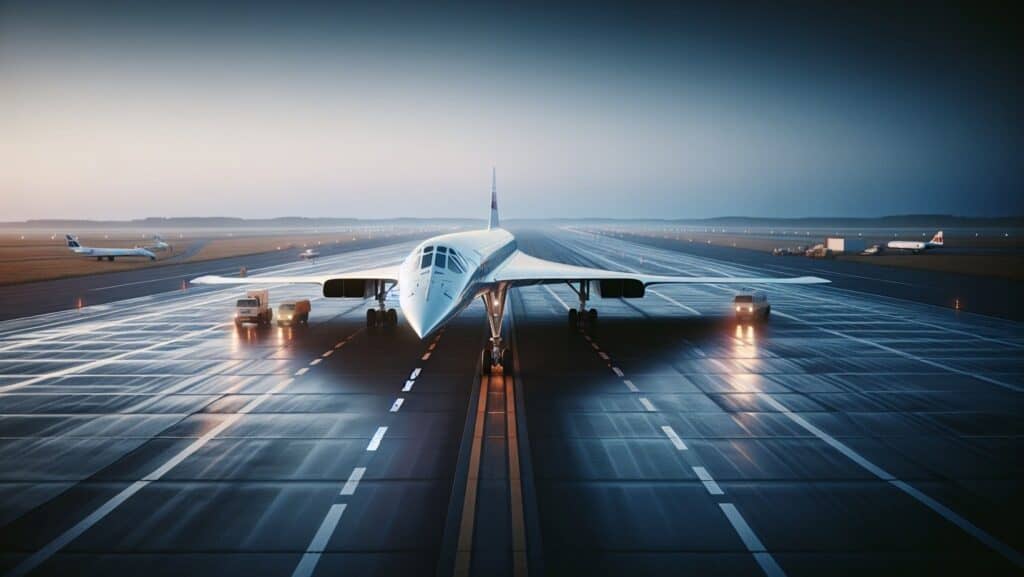
Flying faster than sound creates a sonic boom, and while the experience in the cabin was smooth, the boom on the ground was anything but. People on the ground described it as a constant thunderclap. The United States and many other countries quickly banned supersonic flights over land, drastically limiting the routes the Concorde could fly.
Tickets Were Out of Reach
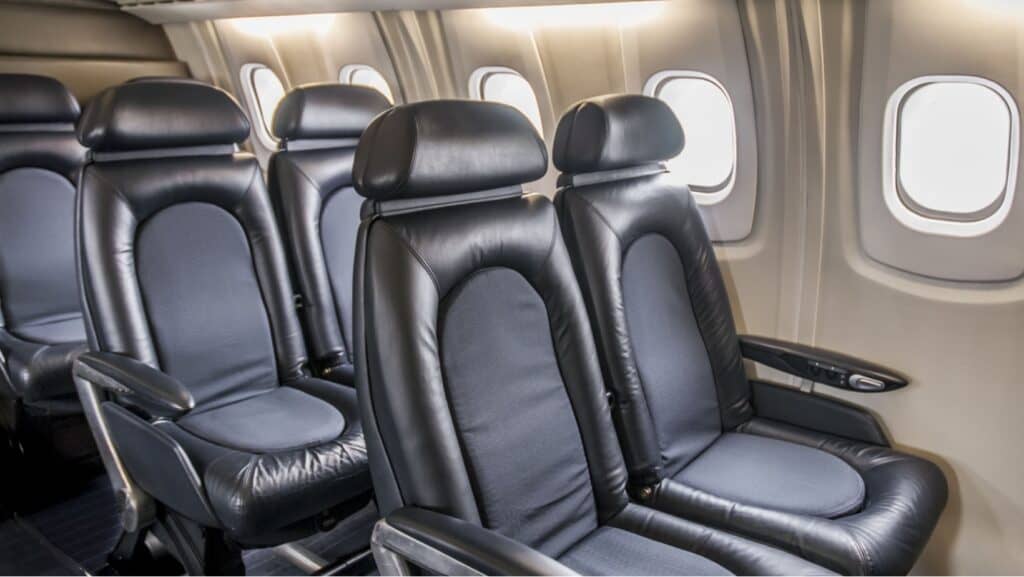
Flying on the Concorde was not cheap. A roundtrip ticket could easily cost over $10,000, pricing out all but the wealthiest travelers. Airlines had a hard time filling seats, especially once the novelty wore off and more cost-effective luxury alternatives emerged.
The Environmental Cost Was Too High
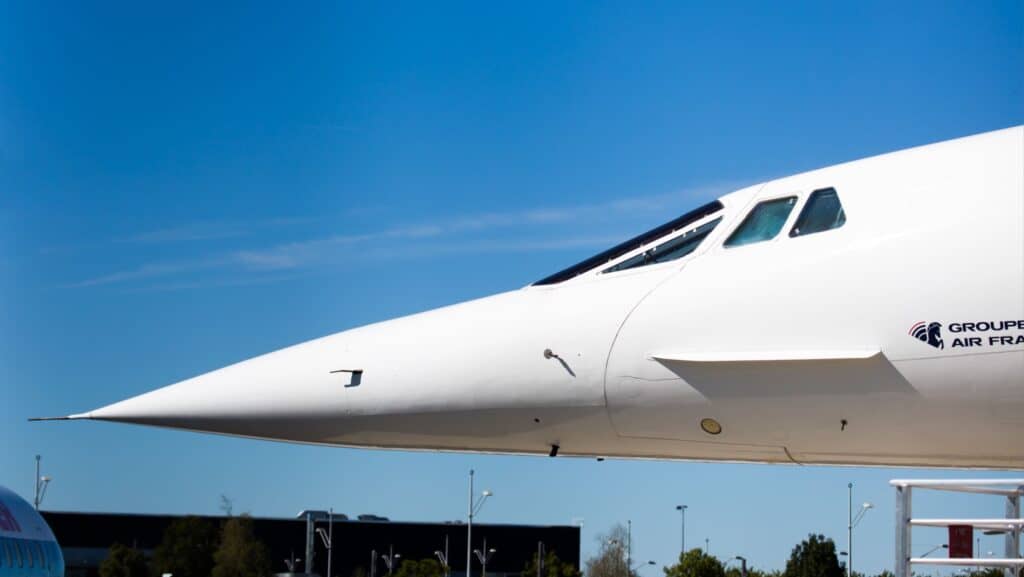
The Concorde burned a shocking amount of fuel per passenger and emitted pollutants at higher altitudes where they could do more damage to the environment. With growing concerns about climate change and fuel efficiency, its carbon footprint became harder to justify.
Maintenance Was a Constant Challenge
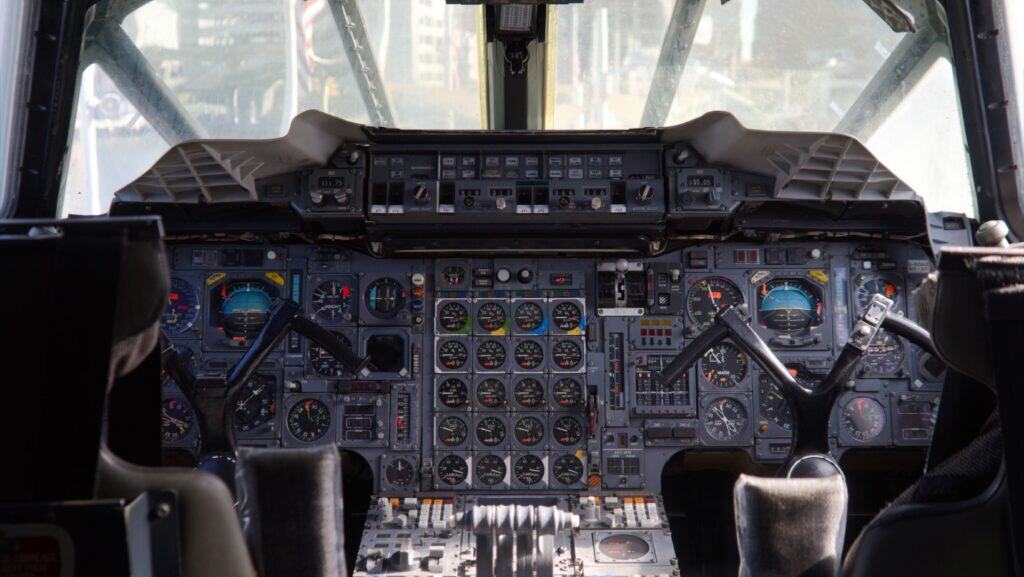
The Concorde was a technological masterpiece, but it came with constant upkeep. Maintenance crews needed special training and airports required special accommodations. As parts became scarce and the planes aged, the logistics of keeping them flying became unsustainable.
A Tragic Crash Changed Everything
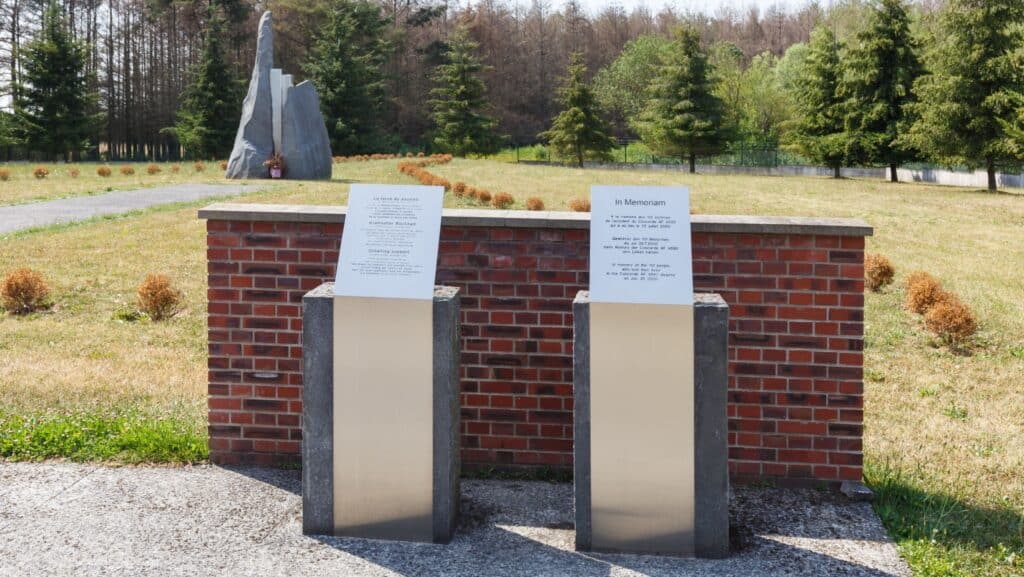
In 2000, an Air France Concorde crashed shortly after takeoff, killing everyone on board. Though investigators traced the cause to debris on the runway, public trust in the aircraft never fully recovered. The crash was a symbolic and financial blow that the program could not survive.
Farewell to Concorde in 2003
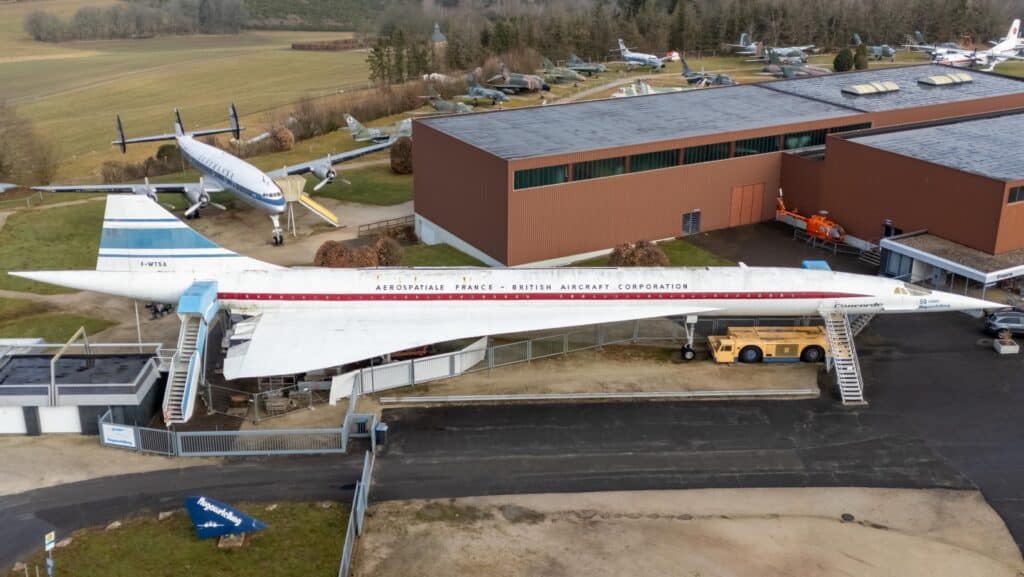
After nearly three decades of elite service, British Airways and Air France retired the Concorde. Between limited routes, high costs, aging infrastructure, and environmental concerns, the era of commercial supersonic travel came to a quiet close.
Supersonic Flight Never Left the Military
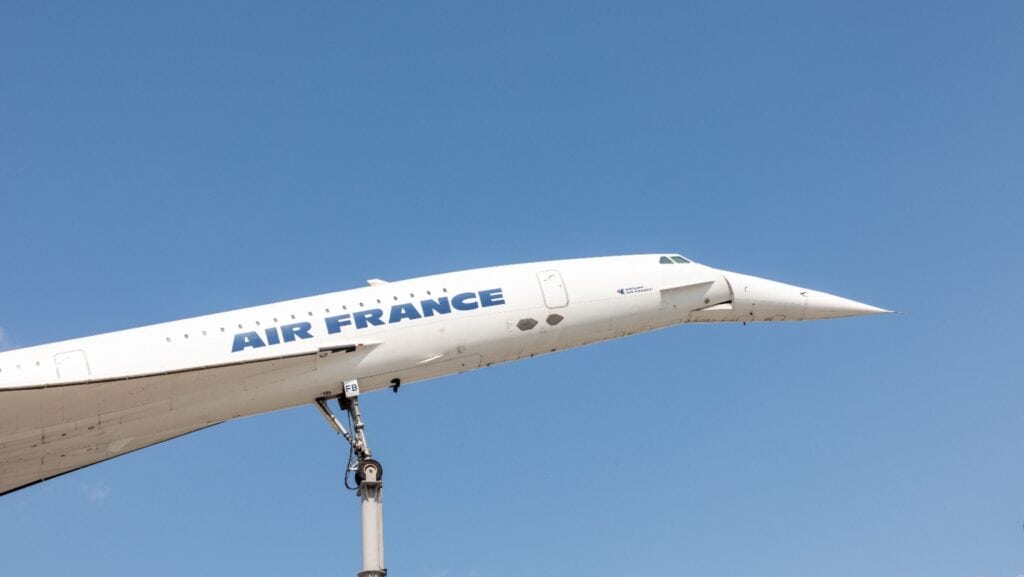
While commercial aviation pulled back, military jets continued to travel at supersonic speeds. The technology evolved in defense and research circles, where budget constraints and noise regulations were less limiting. But for the average traveler, speed stayed stuck.
New Players Are Eyeing a Comeback

Companies like Boom Supersonic and NASA are working on a new generation of aircraft that promise supersonic speeds without the disruptive booms. Boom’s proposed aircraft, called Overture, aims to be quieter and more sustainable, with test flights anticipated later this decade.
Upcoming Projects Are Gaining Speed

Boom Supersonic has already signed partnerships with major airlines including United and American, betting on a market for faster transatlantic business travel. Meanwhile, NASA and Lockheed Martin are developing the X-59, an experimental aircraft designed to reduce sonic booms to a soft thump. These projects are focused on addressing the biggest barriers of the past: noise, fuel efficiency, and affordability. If they succeed, a new era of faster, cleaner air travel could arrive in the 2030s.
Could We Fly Supersonic Again Soon?

Reviving supersonic travel means clearing major hurdles. From noise regulations and environmental impact to affordability and airline interest, many pieces must fall into place. But with modern technology, new materials, and public appetite for speed, the dream of flying faster than sound may rise again.







